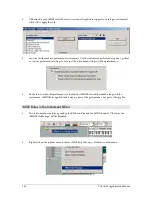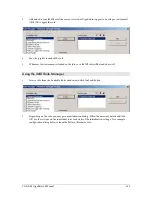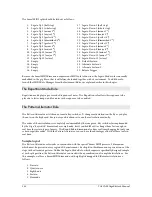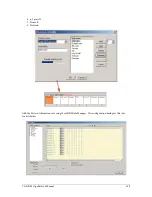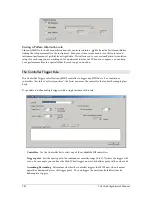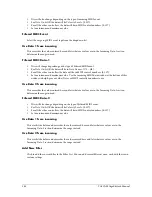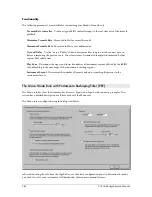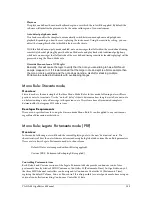
190
TASCAM GigaEditor 4 Manual
Play the keyboard and watch how the articulations advance from left to right each time you play a note in
the top pattern. Also notice how the names of the articulations change in real time as well. This helps
you identify which articulation is assigned to which number in the pattern.
The first note is staccato: when released it will advance to the next articulation in the list.
Th e next note played advances to the next articulation (Quarter Note):
Th en the 8
th
Note articulation:
And so forth. When all of the articulations have been performed, the pattern will start over again with the
Staccato sample. This default setting gives the same effect as a Round Robin dimension. But the Pattern
Alternator rule allows you to modify the default pattern, to store multiple patterns, and to select any of the
stored patterns using a MIDI controller or keyswitch.
Editing a pattern
To change a pattern, click on any of the numbers and use the Up or Down arrows on your computer
keyboard to change its value.
Use the Left and Right arrows to select other numbers in the pattern.







